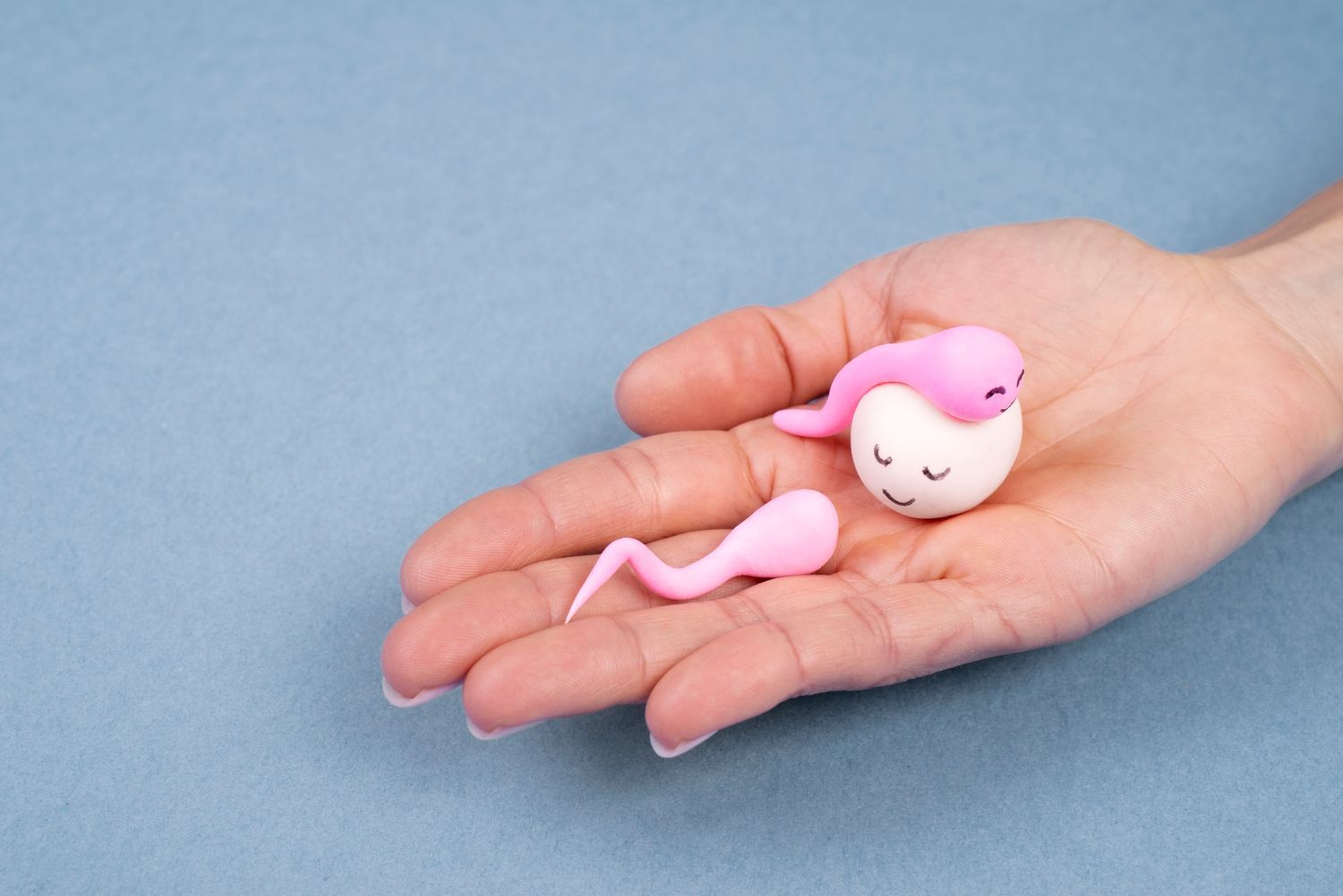
What is The Difference Between IVF and Test Tube Baby?
The difference between IVF and Test Tube Babies IVF baby v/s test tube baby- This confusion has prevailed for a long -time in the country. What they do not know is that a test tube baby is the baby that is conceived by fusing the egg and sperm artificially in a glass container and the in-vitro in IVF means the same too.
This procedure is usually opted when either of the one from a couple or an individual is infertile. Infertility is when a couple or an individual fails to get pregnant after a year of trying to conceive naturally.
The difference between IVF and Test Tube Babies In the year 1978, the first human baby was born through in-vitro fertilization. Since then, there has been a massive advancement in the medical sector that has enabled us to address other problems related to infertility as well.
WHAT EXACTLY IS A TEST TUBE BABY?
In simple terms, a baby that is born through an embryo that is fertilized outside the body in a culture dish by combining the egg with the sperm is known as a test tube baby. Then what is the source of this confusion?
These terms have been interchangeably used amongst the masses but have also successfully confused a big chunk of the population. The only difference in the use of terms is that the local population is more privy to use the term test-tube baby instead of IVF while the doctors prefer the usage of the term IVF more.
THE DIFFERENCE BETWEEN TEST TUBE BABIES AND IVF PROCESS:
It is a well known fact that IVF is a lengthy process. It might take some time to complete the entire procedure and for it to become successful in the first try as well. The first step of the process is a detailed check-up for each of the partners to identify the source of their infection. If the source of infertility is treatable, the problem can be solved through medications or surgery and IVF can be continued further. After all the legal formalities are completed, the IVF procedure is carried on further. There are multiple steps performed in the IVF procedure.
FIVE PRIMARY STEPS FOR IVF:
- STIMULATION
After the ovarian reserve of the woman is checked properly, the ovaries are stimulated to produce more eggs. This is because, in the IVF procedure, multiple eggs are required to ensure successful fertilization and implantation. The patient is administered fertility drugs for the same. - RETRIEVAL OF THE EGG:
This is a very crucial part of the process since this is when the eggs will be removed from the woman’s ovaries through suction. Anesthesia is administered and the needle is inserted through the vagina and the eggs are retrieved. Women can carry on with their daily activities but they must make sure that no strenuous activity is carried out. Rest and light work must be done in equal amounts. After the IVF Procedure is completed, you can go back home after the doctors at the IVF center give a green signal. - FUSION
This is where the real meaning of the Test Tube Baby/ IVF lies. -
Eggs are collected in a Petri plate and the semen sample collected from the man is mixed with the eggs.
- The sperm must fertilize the eggs overnight. Once fertilized, the zygote (cell formed after fertilization of egg and sperm) is placed in an incubator to allow the cells to divide and reach a particular cell stage. Before the implantation is done, it is advisable to wait for 3-5 days so that the cells divide perfectly up to a certain cell number.
- EMBRYO CULTURE:- To form an embryo, it is necessary to check if the cells of the egg are dividing correctly or not. This is because by the time the embryo reaches the uterus for implantation, it must be of several cell numbers. The embryos after diving upto certain cell numbers are taken up for genetic testing to ensure that there are no genetic disorders passed onto the developing child. Although these instances are very rare to encounter.
- THE EMBRYO TRANSFER:- Once the embryo has successfully divided and reached a perfect cell stage it is ready for transfer. It generally gets ready within 3-5 days of fertilization.It is transferred through the catheter (Catheters are short hollow tubes that are inserted into the body). A guided catheter is used for the transfer in IVF. The rounded tip of the catheter makes it simpler to pass through the cervix. Once the embryo is released, the process from there on progresses like a normal pregnancy. It takes around 6-10 days.
-
An IVF cycle usually takes more than one embryo because this increases the chance of getting pregnant.
-
A woman’s ovarian reserve is checked correctly, and her ovaries produce more eggs.
During the IVF procedure, multiple eggs are required for successful fertilization and implantation.
-
TEST TUBE BABIES ARE ABSOLUTELY SAFE AND HEALTHY:
-
It’s a myth to believe that babies born through IVF are less healthy.
That is untrue. Most babies born through IVF are as healthy as a baby conceived naturally. Risks are inevitable. Children and mothers can meet them. This is why timely consultation with your doctor is a must!
THE IVF VS TEST TUBE BABY MUDDLE:
The entire debate about IVF vs test tube babies is, fortunately, reducing day by day.
-
In order to use and promote it, doctors and locals around the world should understand both terminologies.
-
It is best to educate those who are ignorant of the terms and ask them to promote the correct terms further.
At KJIVF IVF Center in Delhi, we ensure that the baby and the mother are in good hands. We have always tried to educate people on the correct notions of IVF and its related facts.
